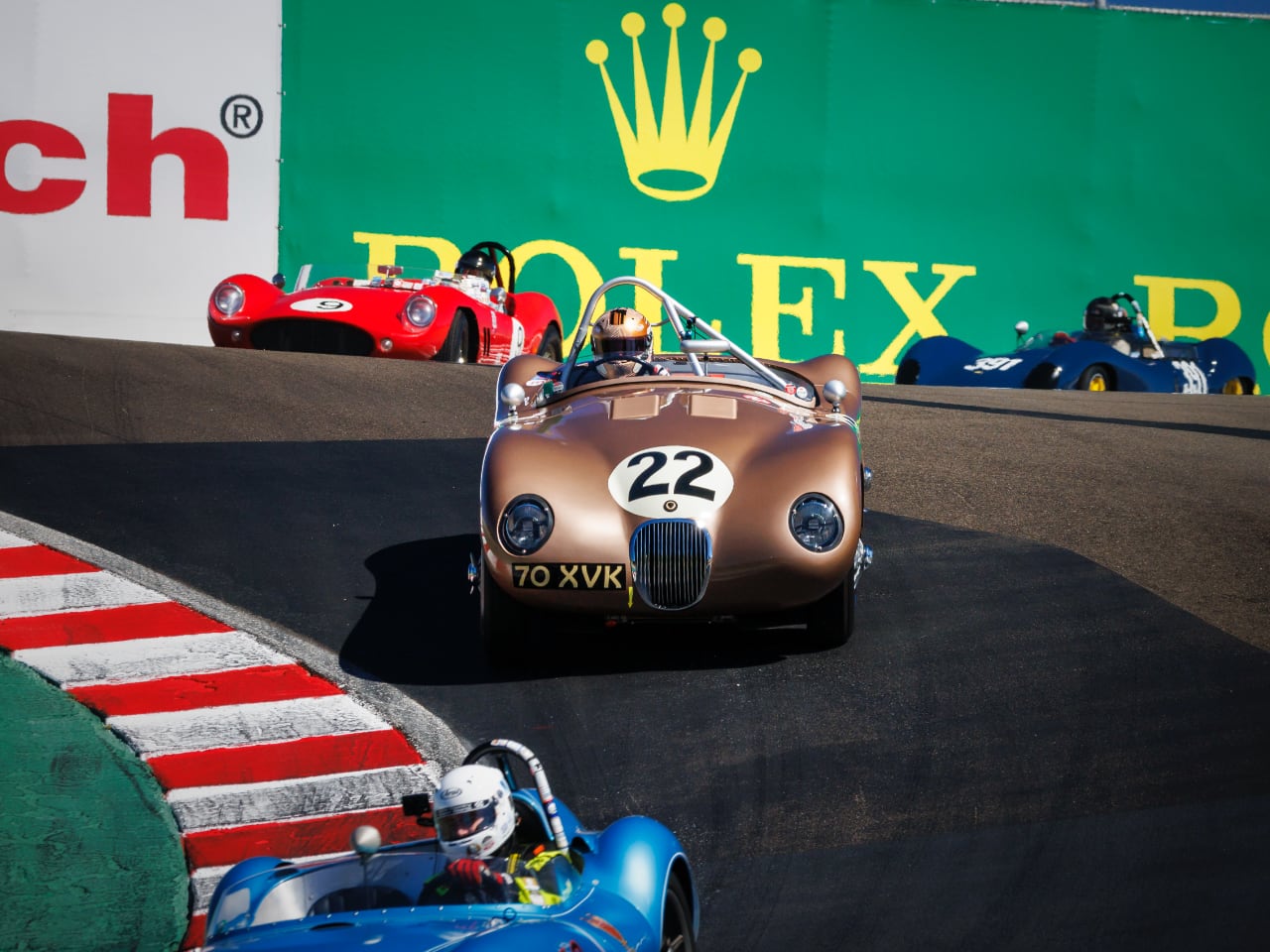
As a guest of Rolex at the 2024 Concours d’Elegance during Monterey Car Week, I experienced a seamless blend of history and innovation against the picturesque setting of Pebble Beach. The event showcased classic and contemporary automotive art, with Rolex’s influence evident throughout, reflecting their commitment to precision, tradition, and forward-thinking design. From meticulously restored vintage cars to unveiling futuristic designs, the festivities highlighted Rolex’s dedication to craftsmanship and innovation. My time there deepened my appreciation for the artistry in automotive design and emphasized Rolex’s role in linking the past, present, and future of motoring. In the following discussion, I’ll explore how Rolex’s legacy continues to shape the world of motorsport and automotive culture, as I experienced firsthand at this year’s memorable festivities.
Designer: Rolex
Rolex: A Legacy of Craftsmanship and Innovation
Rolex embodies luxury, precision, and lasting craftsmanship. Founded by Hans Wilsdorf and Alfred Davis in London in 1905, it has evolved into a global icon. Originally known as Wilsdorf & Davis, the company specialized in distributing timepieces before focusing on manufacturing.
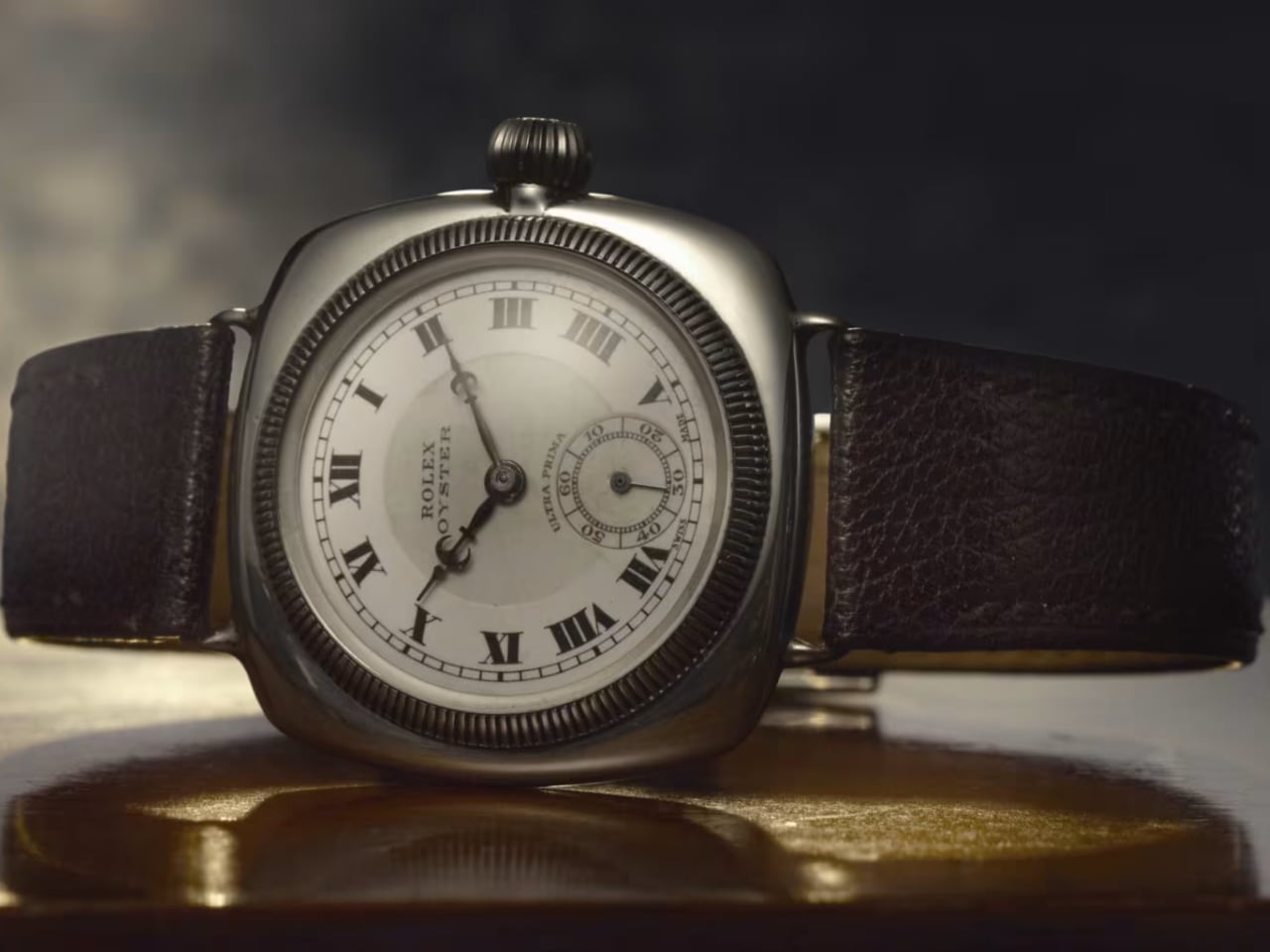
Rolex: The first waterproof and dustproof wristwatch by Rolex in 1926.
In 1908, Rolex was registered, and Wilsdorf set out to create elegant and reliable wristwatches. This pursuit led to developing the first waterproof wristwatch, the Rolex Oyster, in 1926. The Oyster case was a groundbreaking innovation, protecting the watch’s movement from dust, moisture, and pressure, ensuring its accuracy even in challenging conditions.
Innovation continued with the introduction of the Perpetual rotor in 1931, the world’s first self-winding mechanism powered by the natural motion of the wrist. This advancement set Rolex apart in the luxury watch market, marking another significant milestone in horology.
Rolex’s drive for precision is evident in its rigorous testing processes. Every Rolex watch undergoes stringent tests for accuracy, water resistance, and endurance, earning the brand its reputation for reliability. Certified as Superlative Chronometers by the Swiss Official Chronometer Testing Institute (COSC), these timepieces highlight Rolex’s dedication to exceptional performance.
Over the decades, Rolex has introduced pioneering innovations that have solidified its reputation in watchmaking. In 1945, Rolex unveiled the Datejust, the first wristwatch to display the date on the dial, marking a significant leap forward in both functionality and design. The Submariner followed in 1953 as the first dive watch to be waterproof to a depth of 100 meters, made possible by the robust Oyster case—a marvel of engineering that ensures the watch’s durability and water resistance under extreme conditions.
Rolex also revolutionized the watch bracelet with the introduction of the Oyster bracelet, known for its strength and comfort, and the Jubilee bracelet, which combines style and flexibility, offering unmatched wearability. In recent years, Rolex introduced the Oysterflex bracelet, a sophisticated combination of flexible titanium and nickel alloy metal blade covered with high-performance elastomer, providing a new level of comfort without sacrificing durability.
Today, Rolex leads the world of luxury and precision, with each watch representing a blend of cutting-edge technology and timeless design. The brand’s legacy thrives on relentless innovation, uncompromising quality, and an enduring pursuit of perfection.
Rolex’s Timeless Connection with Motorsport
In the 1930s, Sir Malcolm Campbell, the renowned British racing driver known as the “King of Speed,” forged a powerful connection between high-speed racing and precision timekeeping. On Sept. 3, 1935, at the Bonneville Salt Flats in Utah, Campbell made history by becoming the first person to break the 300 mph barrier, reaching 301.13 mph. During this groundbreaking feat, he relied on the Rolex Oyster. This watch demonstrated remarkable resilience and accuracy under extreme conditions, marking the beginning of a lasting bond between motorsport and Rolex.
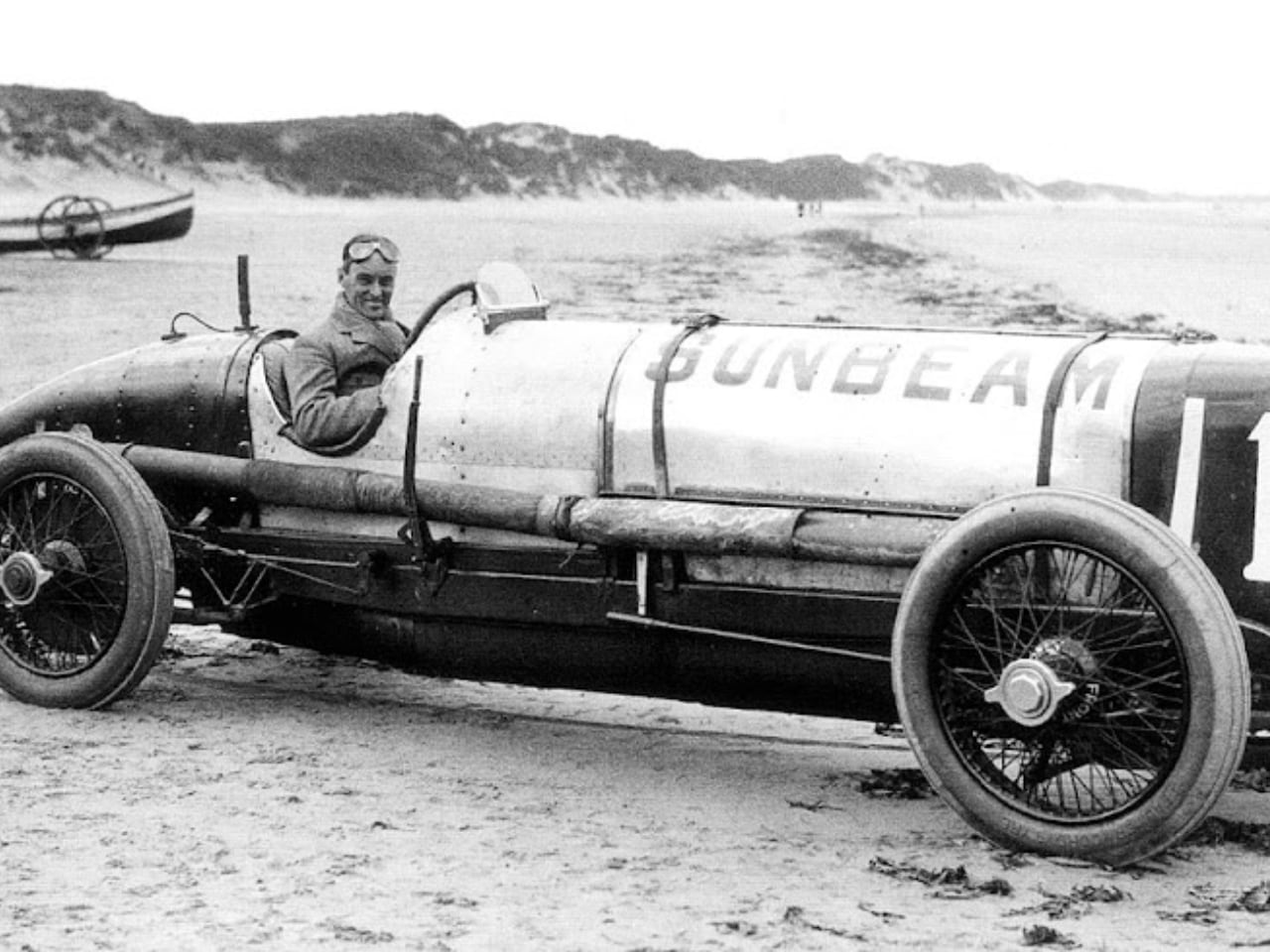
At the time of Sir Malcolm Campbell’s record-breaking feats, the Rolex Oyster was still establishing its reputation. Campbell’s choice of the Rolex Oyster during his high-speed attempts significantly contributed to proving its reliability. His successes, supported by the watch’s consistent performance during these demanding moments, played a crucial role in forging Rolex’s longstanding association with motorsport. This partnership began a deep connection between Rolex and the world of speed, precision, and endurance.
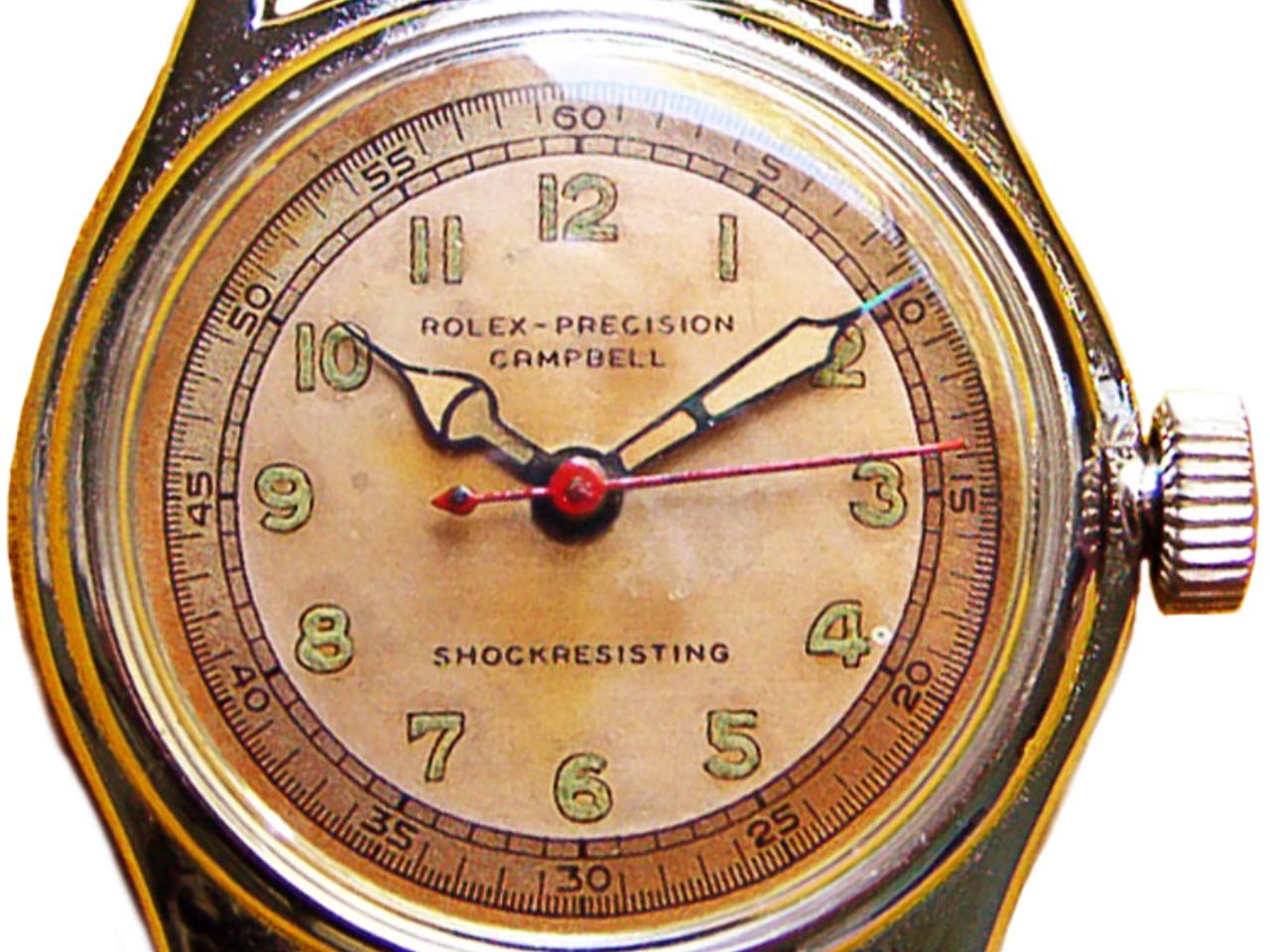
In 1959, Rolex became the official timekeeper for the newly established Daytona International Speedway, cementing its role in motorsport. This partnership eventually led to the creation of the Rolex Oyster Perpetual Cosmograph in 1963, later famously known as the ‘Daytona.’ The watch was designed specifically for racing drivers, featuring a tachymetric scale on the bezel that allowed drivers to measure average speed over a specific distance—a crucial function in motorsports.
The Daytona’s design and functionality made it a legend in the racing world, and its connection to the speedway secured Rolex’s place in motorsport history. The watch became an icon cherished by racing enthusiasts and collectors. Over the years, Rolex’s involvement in motorsport deepened, particularly in endurance racing.
The Rolex 24 at Daytona is a grueling 24-hour endurance race that pushes drivers and machines to their limits. In 1992, Rolex became the title sponsor, reinforcing its commitment to precision and performance. This race demands unwavering focus and high-speed consistency, with drivers rotating through shifts to keep their cars moving. The parallels between this endurance and the reliability expected from Rolex watches are clear—both are engineered to perform under pressure, whether on the track or in daily life, reflecting the brand’s dedication to durability and precision.
Endurance races like the Rolex 24 at Daytona and the 24 Hours of Le Mans challenge drivers and vehicles alike, requiring intense stamina and flawless reliability. These events demand high performance from every component, with drivers battling fatigue and maintaining focus under extreme conditions. Similarly, Rolex mechanical watches are designed to endure, keeping precise time through years of use and the rigors of daily wear. This shared commitment to enduring performance solidifies Rolex’s role in motorsport, where reliability is paramount.
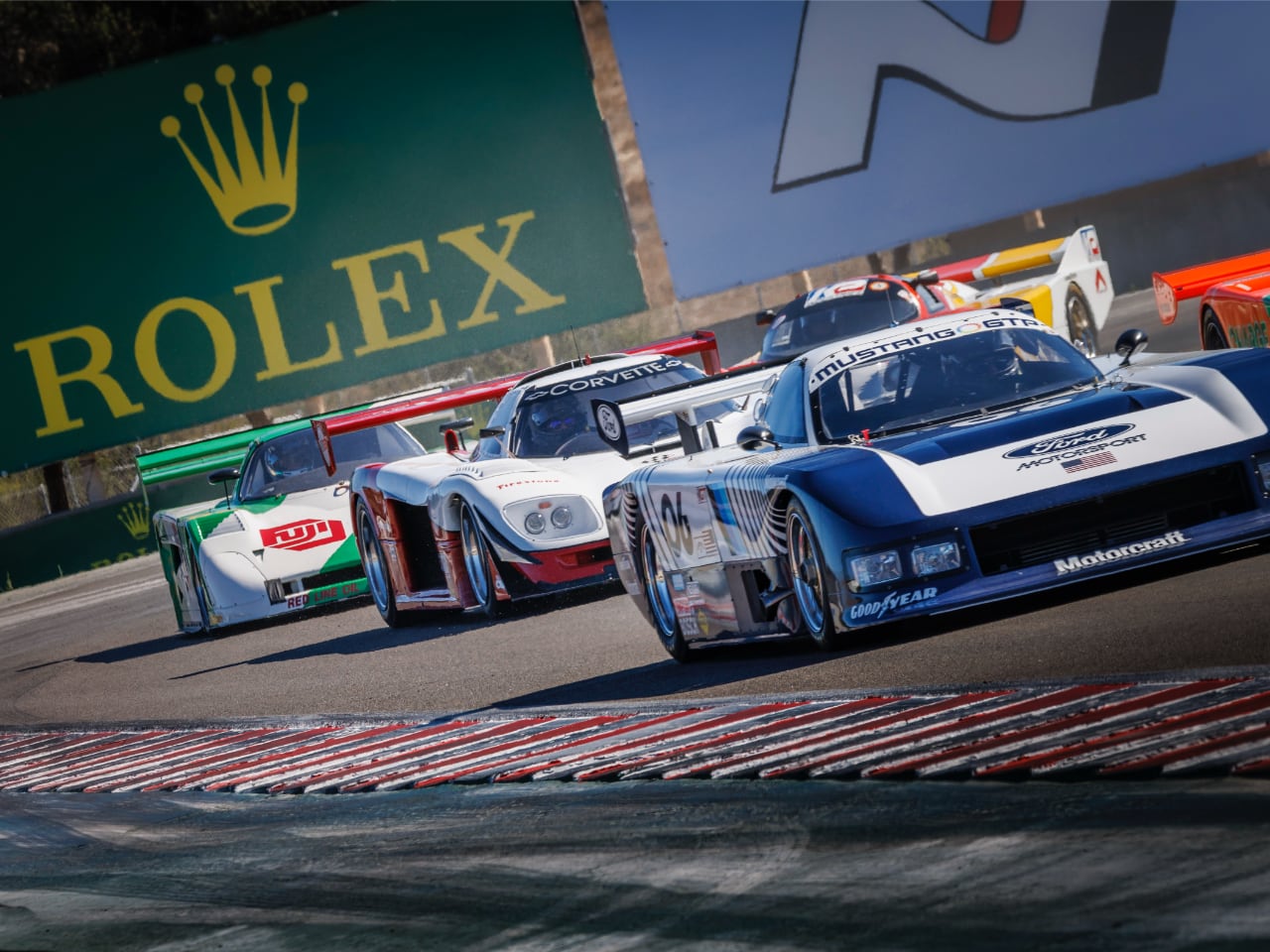
Image: Rolex
Rolex expanded its involvement in endurance racing further in 2001 when it became the Official Timepiece of the 24 Hours of Le Mans, one of the world’s most famous and challenging races. The winners of Le Mans receive a specially engraved Rolex Cosmograph Daytona, a highly coveted prize that symbolizes both endurance and excellence.
In 2016, Rolex became the Official Timepiece of the FIA World Endurance Championship (WEC), strengthening its role in endurance racing. This partnership reflects Rolex’s support for the evolution of endurance racing and its focus on technological innovation, a value shared by the WEC.
Rolex’s Enduring Influence at Monterey Car Week and Pebble Beach Concours d’Elegance
Monterey Car Week traces its roots to the Pebble Beach Concours d’Elegance, which debuted in 1950 alongside the Pebble Beach Road Race. From modest beginnings, it has grown into the world’s most prestigious gathering of automotive artistry, attracting premier collectors, fans, and enthusiasts globally. This event honors and preserves automotive heritage, showcasing vehicles that illustrate the highest standards of design and engineering. This year, the coveted Best in Show winner receives the new Rolex 1908, a timepiece that reflects both the event’s tradition and Rolex’s enduring dedication to quality and innovation.
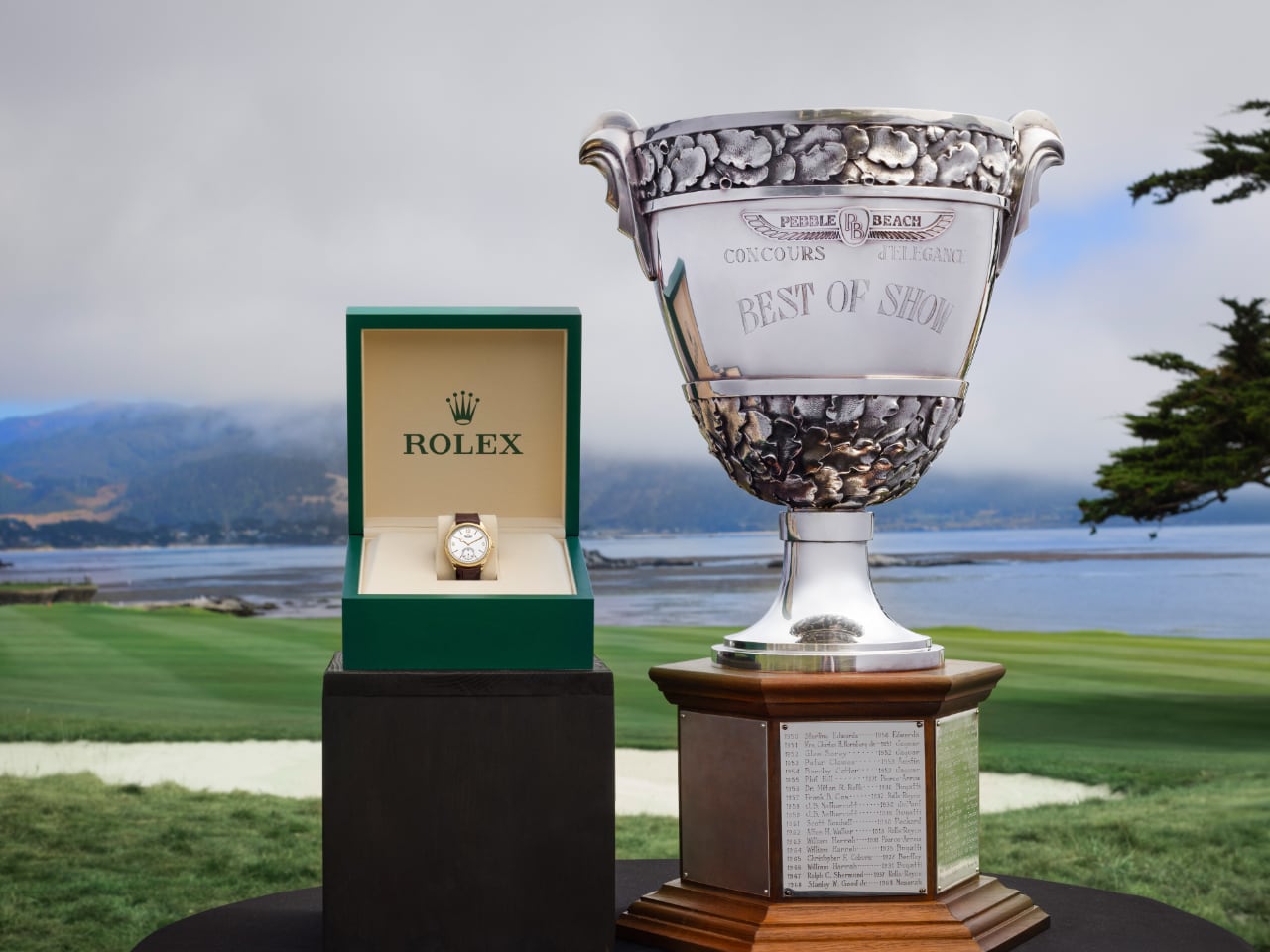
Image: Rolex
In 1997, Rolex became the official timepiece of the Pebble Beach Concours d’Elegance, establishing a partnership that bridges the worlds of watchmaking and automotive history. Rolex’s involvement extends to other hallmark events, such as The Quail, A Motorsports Gathering, and the Rolex Monterey Motorsports Reunion.
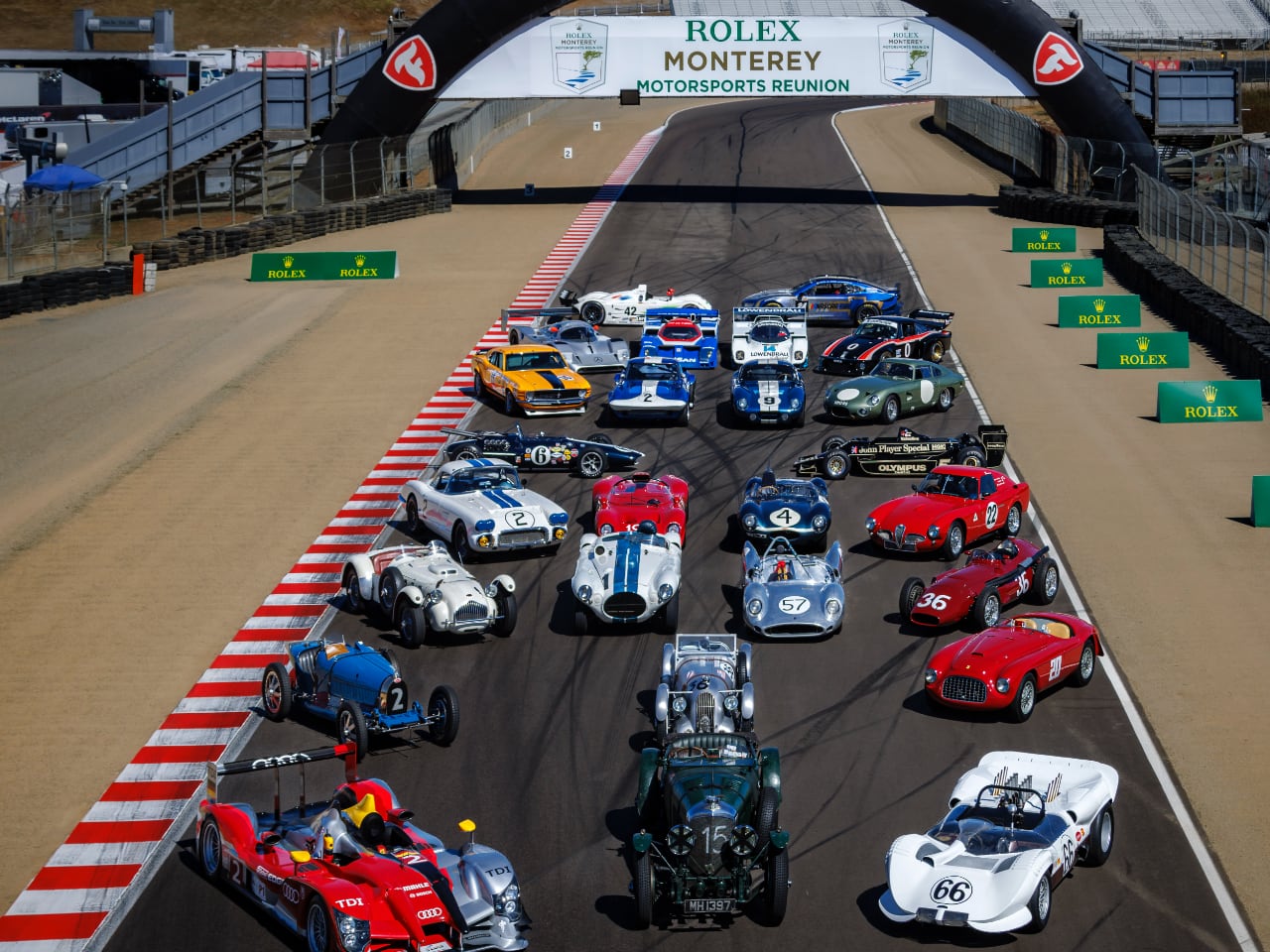
Image: Rolex
At The Quail presents a curated mix of vintage and modern vehicles in a more intimate setting, reflecting Rolex’s enduring commitment to celebrating and honoring automotive traditions.
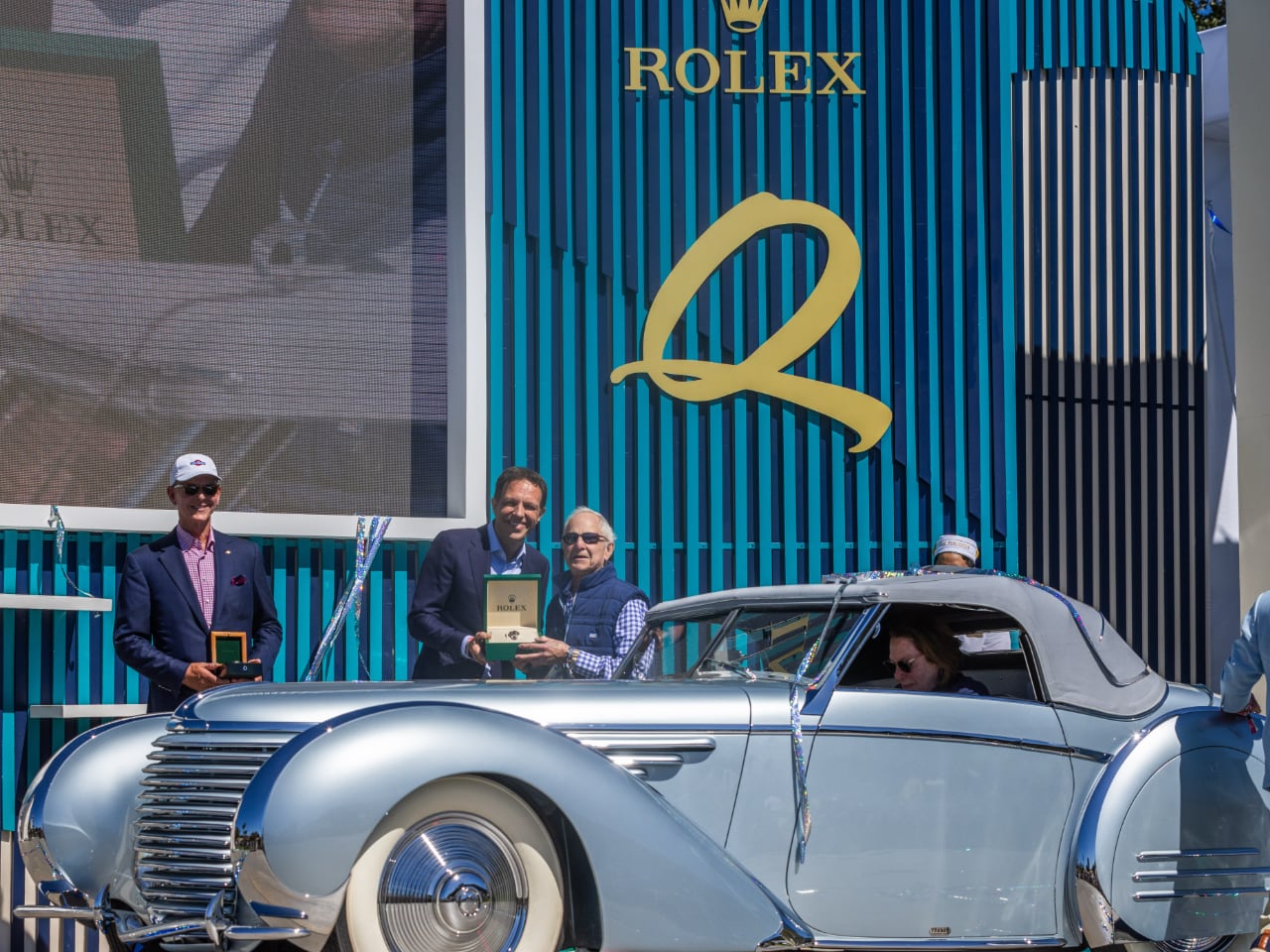
Image: Rolex
Meanwhile, historic race cars are brought back to life on the track at the Rolex Monterey Motorsports Reunion. Rolex underscores the importance of authenticity and the preservation of motorsport history.
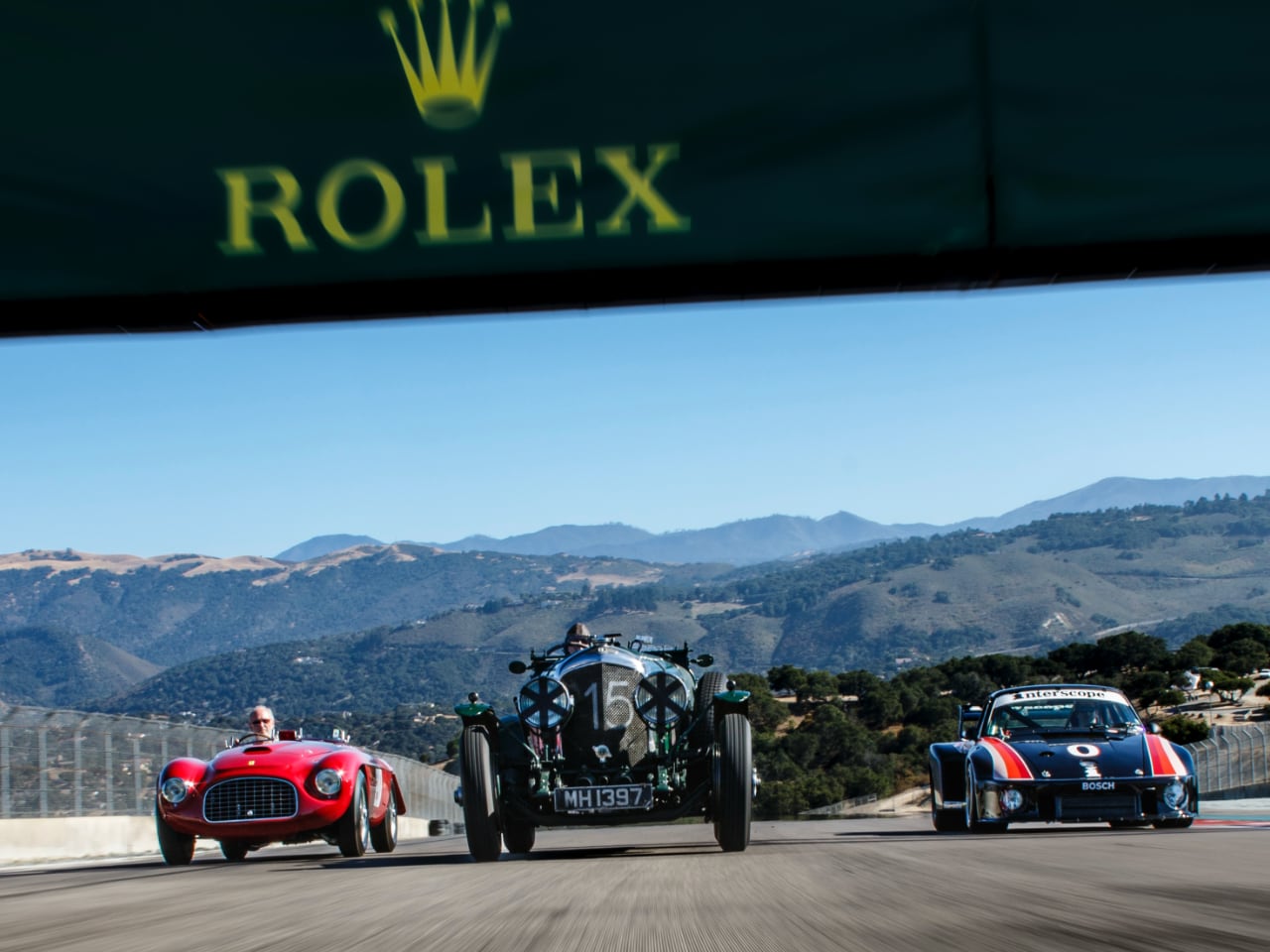
Image: Rolex
Hurley Haywood is regarded as one of the most accomplished endurance racers in history. His illustrious career includes five overall victories at the Rolex 24 at Daytona (1973, 1975, 1977, 1979, and 1991), showcasing his dominance in one of motorsport’s most grueling endurance races. In addition to his successes at Daytona, Haywood also claimed victory at the 24 Hours of Le Mans three times (1977, 1983, and 1994), and he won the 12 Hours of Sebring twice (1973 and 1981).
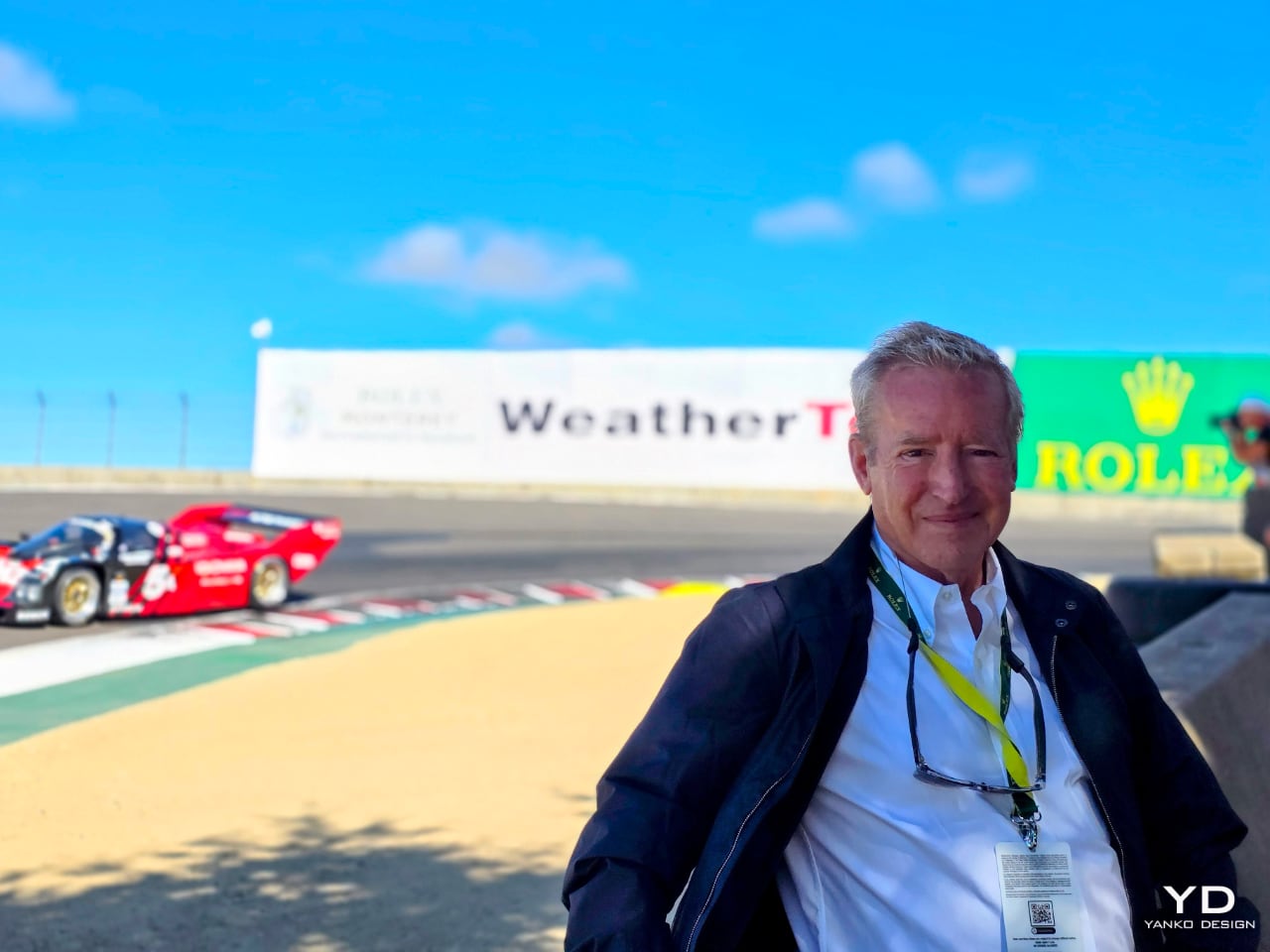
Hurley Haywood at the Corkscrew of Laguna Seca
Hurley Haywood’s legendary racing career, marked by numerous victories, makes him the perfect namesake for the Hurley Haywood Trophy at the Rolex Monterey Motorsports Reunion. This award honors drivers who embody Haywood’s skill and dedication, aligning with Rolex’s values of precision and performance. As a Rolex Testimonee, Haywood’s association reinforces Rolex’s commitment to motorsport excellence. Beyond his personal achievements, Haywood has mentored the next generation of drivers, sharing his knowledge and passion. The Hurley Haywood Trophy celebrates his legacy and the broader history of motorsport, further solidifying the deep connection between Rolex and the racing community.
Wrapping Up
Rolex’s presence in motorsport and classic cars goes beyond the surface, symbolizing a deep-seated commitment to precision and excellence. The brand has become synonymous with achievement and timeless craftsmanship, from its early partnership with legendary drivers to its pivotal role in events like the Rolex 24 at Daytona and Pebble Beach Concours d’Elegance. By maintaining a balance between innovation and tradition, Rolex upholds its reputation across generations. Whether on a driver’s wrist or marking time at a prestigious event, Rolex stands as a lasting emblem of dedication to the highest standards.






